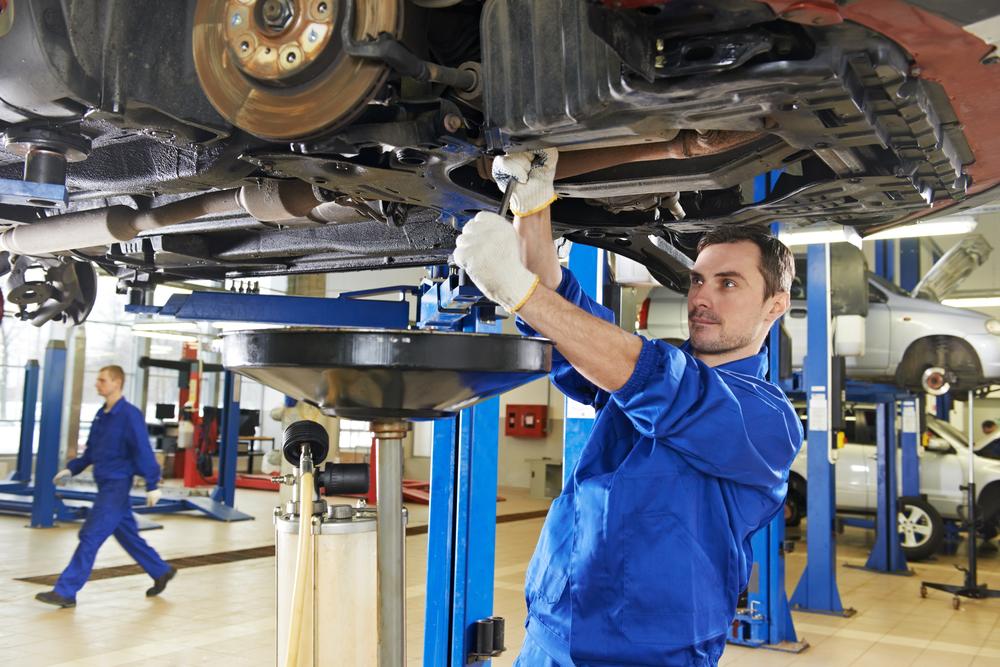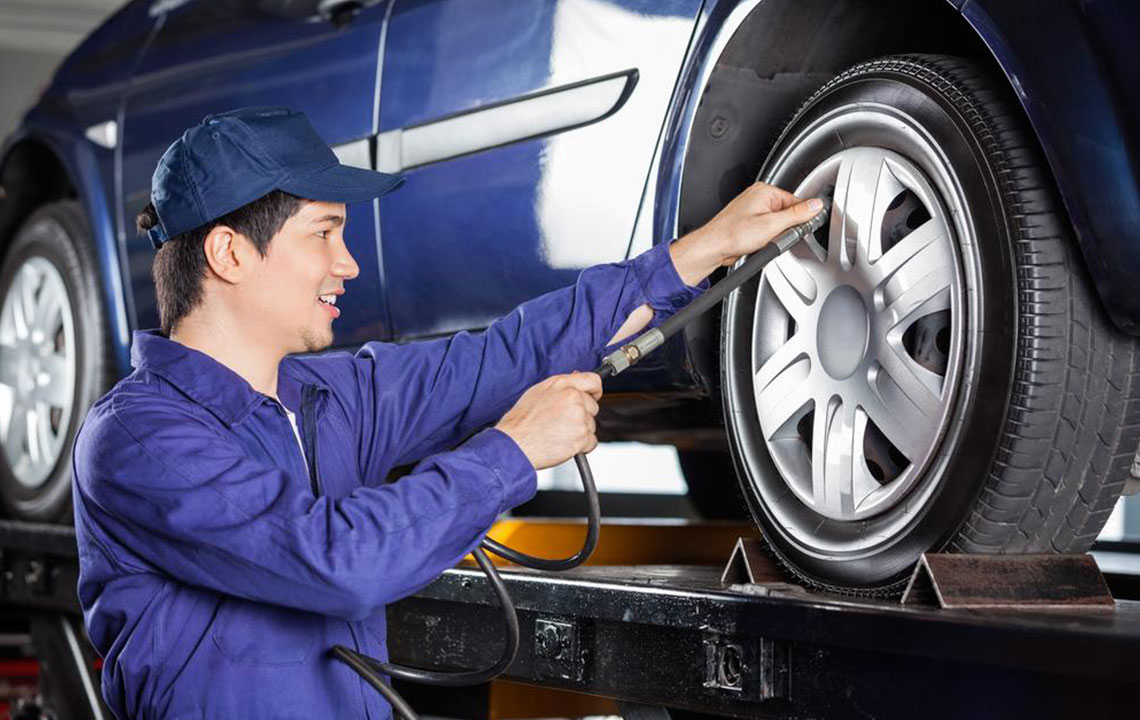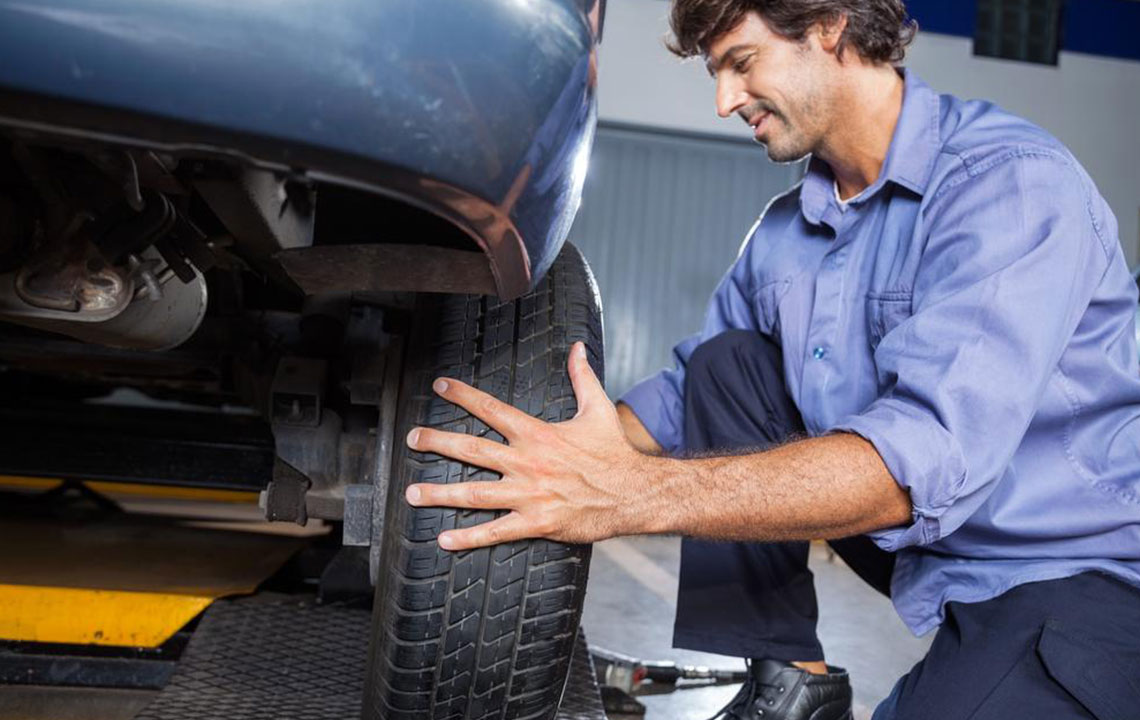Understanding Vehicle Wheel Alignment: Types and Essential Facts
Learn about vehicle wheel alignment, including the key types—front end, thrust angle, and four-wheel alignment. Proper alignment enhances safety, improves fuel efficiency, and reduces tire wear. This guide provides essential insights for vehicle owners to identify and address alignment issues promptly, ensuring optimal vehicle performance and longevity.

Understanding Vehicle Wheel Alignment: Types and Essential Facts
If your car experiences steering issues or uneven tire wear, it could be due to misalignment. Impact from potholes, curbs, or regular usage can disrupt your vehicle's wheel position, leading to problems like pulling to one side while driving straight. Such issues can increase fuel consumption, tire wear, and the risk of emergency breakdowns. Recognizing these symptoms early can save you money and improve safety.
Here are the main types of wheel alignment to understand:
• Front End Alignment: This common adjustment ensures the front wheels are aligned properly with the rear axle, often called "toe-in" or "toe-out". Proper toe angles depend on your vehicle's suspension and drive type. It involves adjusting the angle at which the wheels point toward or away from each other, affecting steering and tire wear.
• Thrust Angle Alignment: This method checks if the rear and front wheels are properly aligned relative to the vehicle's centerline. An accurate thrust angle ensures all wheels are parallel, boosting safety and fuel efficiency. Misalignment here could result from axle positioning errors.
• Four-Wheel Alignment: Designed for vehicles with independent suspensions or four-wheel drive, this process ensures all four wheels are parallel and properly aligned with the vehicle’s centerline. It helps prevent uneven tire wear, improves handling, and enhances fuel economy. Neglecting proper four-wheel alignment can lead to reduced vehicle performance and increased engine strain.
Note: Our blog offers diverse information to help readers understand vehicle maintenance better. While we strive for accuracy, this content is for informational purposes and should not replace professional advice. The site does not guarantee accuracy across all platforms and may not include all current offers or schemes.










